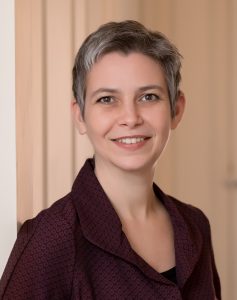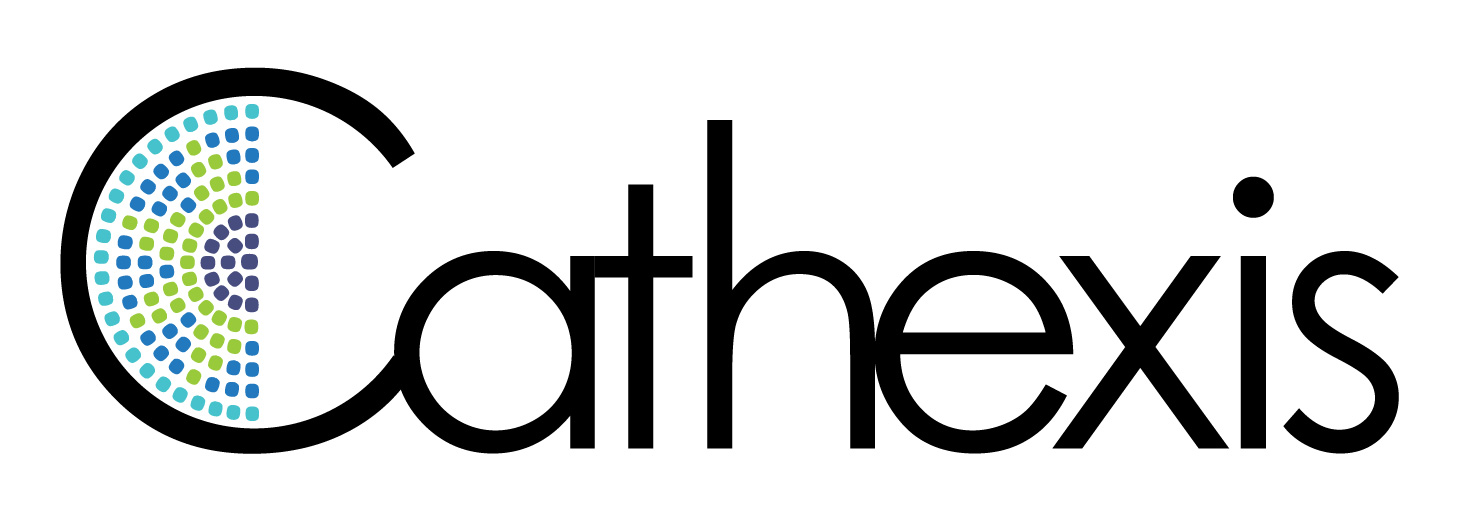Vanessa is the founder and principal consultant at VANASTAS, an evaluation firm in Montreal that provides evaluation, performance measurement, and applied social research services. She is a bilingual, Credentialed Evaluator with 20 years of experience in the field.
We love working with Vanessa on health and social services projects and appreciate her bilingual skills to translate deliverables and conduct interviews in French. Vanessa recently spoke with us about why she loves evaluation, her experiences as an internal and external evaluator, and her passion for dance!

1. How did you get into evaluation?
When I was going into grad school, there was no such thing as a Canadian graduate degree in evaluation. I had enjoyed my undergraduate work in psychology, but I wanted the research that I do to have immediate and practical applications. So I did my Master’s and PhD in Applied Social Psychology at the University of Guelph, which offered graduate level training in evaluation. That’s where I learned that the word “evaluation” perfectly describes what I wanted to do. I did evaluation internships and I even began consulting for non-profit organizations toward the end of my doctoral studies.
After obtaining my PhD, I spent over a decade working as a senior evaluator within the Government of Canada, first in the Department of Justice, then at Correctional Service Canada, and finally at the Canadian Space Agency. I then joined McGill University, where I was the Director of Assessment and Evaluation at the Faculty of Medicine.
It was only a little over three years ago that I struck out on my own as an independent consultant.
2. How does being an internal evaluator differ from being an external consultant?
There are pros and cons to both. As an internal evaluator, the work is similar across different projects because all the evaluated programs are operated by the same organization. But as an external evaluator, I work on wonderfully diverse projects. I love learning and the diversity in my projects means there’s always something new to learn. Being an external consultant also means there is more diversity in the people I work with: I get to work with different clients and stakeholders on each project, as well as to collaborate with lots of different evaluators.
However, one thing I miss about working as an internal consultant is seeing how evaluation findings and recommendations are put into practice. When I was with the federal government, we did yearly verifications to assess the extent to which previous evaluation recommendations had been implemented. As an external consultant, there’s no follow-through to see in what ways my work has been used by the organization.
3. Why do clients seek you out?
Three reasons come to mind: I have a collaborative approach that allows me to tailor my work to clients’ needs, I produce reports that are thorough yet easy to understand, and I’m bilingual! Fluently speaking English and French enables me to work with organizations in Quebec and across Canada to reach both French and English-speaking audiences.
4. What are your favourite kinds of projects or organizations to work with?
I especially enjoy working on equity-focused projects. Much of my graduate work was influenced by feminist theories. At the federal government, I was a Gender-based Analysis Plus Point of Contact on behalf of Status of Women Canada. And as a volunteer, I have sat on several professional association committees related to equity, diversity, and inclusion in evaluation. My passion is for gender, including its intersection with other identities such as age, ethnicity, and ability. Any project I work on which has an equity lens is a bonus for me.
5. What’s the best thing you’ve read or listened to recently?
I’ve been working through a self-paced online course about data visualization from Ann K. Emery. It’s helping me develop new and engaging ways of communicating evaluation information to a variety of audiences using graphs and different types of presentations. I strongly recommend it!
6. If you weren’t doing this, what would you be doing? (your “back-up job”)
It’s a toss-up between two options. I came very close to being a professional dancer and choreographer. I have a professional degree in modern dance, I did 16 years of ballet, and I used to own my own dance school where I primarily taught Lindy Hop swing and Argentine tango.
My other back-up job would be working in or perhaps even running a women’s shelter. I’ve volunteered in women’s shelters for over a decade and love working with the women and their children. For a time, I even brought my passion for dance to the shelters at which I volunteered. The women would come together to dance, laugh, and learn from each other, while their kids went on “adventures” choreographed through dance, like safaris and trips to outer space!
